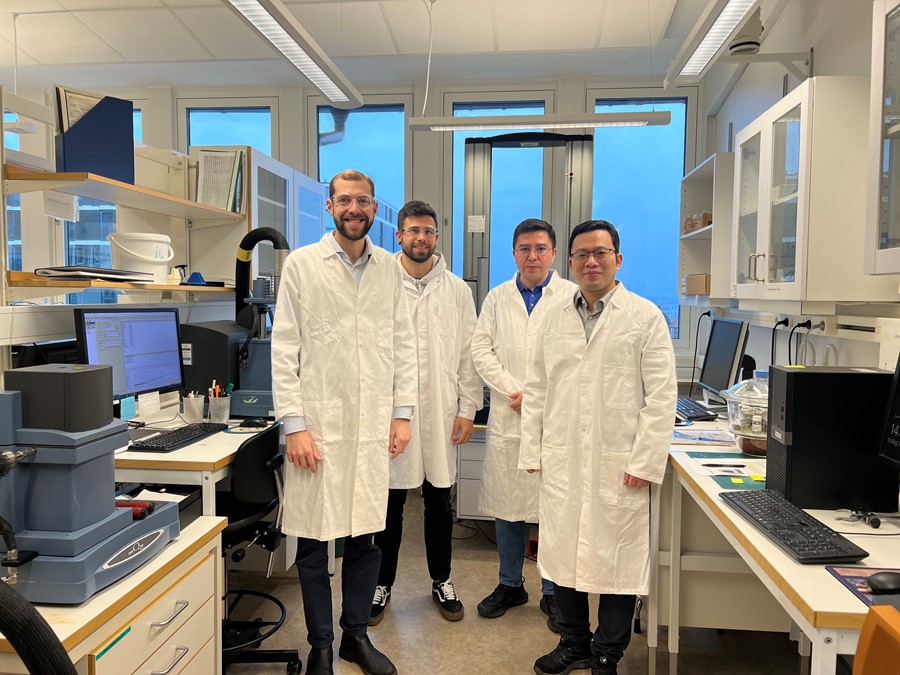Addressing hotspots in electronics with graphene
An interview of Tenutec’s CEO Sebastian Ringqvist about innovative thermal dissipation systems with low footprint
Electronic components prone to overheating can generate hotspots, leading to accelerated wear and diminished performance. This not only results in unnecessary consumption, but also electronic waste.
New Associate Member of the Graphene Flagship, Tenutec, is a recently formed start-up aiming to mitigate overheating issues in electronics. Based in Sweden, CEO Sebastian Ringqvist tells us how Tenutec can benefit electronic component manufacturers in their pursuit of enhancing thermal interface materials and staying ahead in performance offerings.
How did it all start?
Years of research at Chalmers University of Technology in Sweden led us to a new method of producing graphene. The combination of enhanced graphene quality, reduced carbon footprint, positive initial market analysis and favourable customers’ interest made it clear that there was a demand for our innovative technology. Hence Tenutec was formed in late August 2022.
How are you trying to solve electronics’ overheating issues?
To mitigate the issues of hot spots in electronics, Tenutec is providing eco-friendly graphene, either as additives or as multilayer films.
Graphene has excellent thermal conductivity properties, which means it can efficiently conduct and dissipate heat. We aim to improve thermal management in electronic devices, such as CPUs and GPUs or other components, where heat dissipation is crucial for performance and reliability.
Additionally, we are open for new collaborations to validate either graphene dispersion or multilayer graphene film in other applications.
What is your unique selling point?
Our unique selling point is our novel production method, which produces graphene in a sustainable way. The environmental footprint is only 0.85 kg CO2eq/kg, thus much lower than other methods, such as graphite exfoliation (ca. 85-200 kgCO2eq/kg), chemical reduction of graphene oxide (ca.100-600 kgCO2eq/kg) and CVD (ca. 400-800 kgCO2eq/kg).
We obtain very high-quality 1-3 layer graphene dispersion, with a low Raman lD/IG ratio of 0.14, without using any harmful chemicals. We are also scaling up our production quickly: we started with 0.1 g/h last year and we have reached 40 g/h. On top of that, we can also adjust flake size depending on the application area.

Tenutec’s CEO Sebastian Ringqvist (first on the left) and his team (Photo credit: Tenutec).




